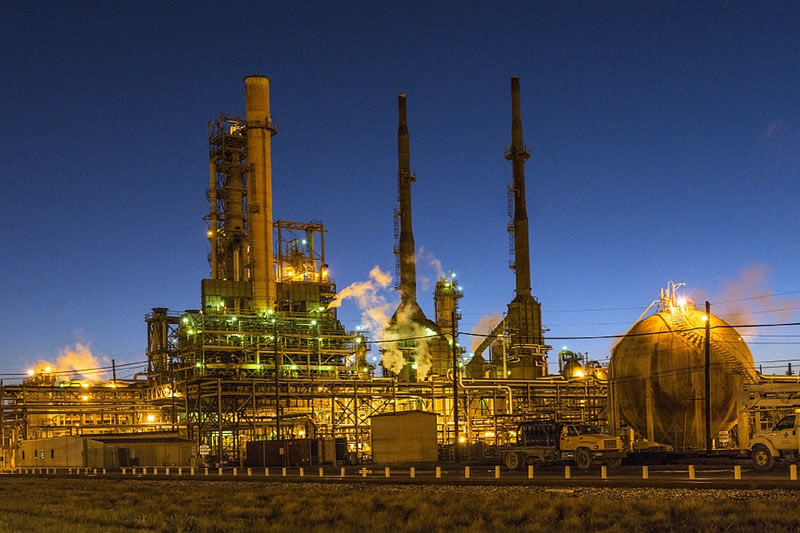Crude Oil is Starting 2018 Strong but there's Undeniable Risk to the Downside / Commodities / Crude Oil
Crude oil is starting out strong in 2018 asboth the international Brent benchmark and the West Texas Intermediate continueto book price gains. The gains in crude oil prices this year is riding thewaves of the uptrend in oil prices that began in 2017. Now, the U.S. West TexasIntermediate is trading up around $63.57 per barrel and the Brent crude istrading up around $69.20 per barrel.

Commodities analysts and experts arebecoming more optimistic about the prospects of crude oil this year. Analystsat Citigroup have hinted that they expect crude oil price to move into the $70to $80 range as geopolitical uncertainties reduce the supply. Bryon Wien ofPrivate Wealth Solutions opines that crude oil will cross$80 per barrel because “demand is going to continue to increase faster thansupply.”
Despite the obviously predominantly bullishtrend in the market, some commodities experts are sounding notes of warningthat it might probably be too early to conclude that crude oil is back towinning ways. Below are some of thefactors that could precipitate a bearish case for crude oil.
Factors that could send oil prices lower
To begin with, much of the volatility thatcrude oil prices suffered in the last three years is a function of the battlefor market dominance between OPEC and U.S. Shale oil producers. OPEC had initiallyrefrained from arresting the freefall in oil prices in the hopes that the lowprices will make shale drilling unprofitable and force U.S. shale oil producersout of the market. Interestingly, shale oil producers have shown an impressiveresilience to stay afloat even when oil was as low as $39 per barrel.
Hence, you can reasonably imagine that thecurrent uptrend in the price of crude oil will make it easier for shale oildrillers to pump out more oil and trigger another supply glut. In the words, a CarrieYoung, a commodities analyst at Wilkins Finance,"it would be foolhardy to ignore the lingering concerns about thepossibility of a short-lived bullish rally as U.S. shale expose oil to biggerdownside risks."
Secondly, the demand for crude oil couldstart to drop off as the worst part of winter ends and there's less need forcrude for heating purposes. Another factor that could trigger a decline in thedemand for crude oil is the fact that Asian refiners have taken advantage oflow prices in the last three years to book huge profit margins. For instance,Chinese diesel exports have jumped more than 3000% to 2 million tones and itsgasoline exports has surged more than 365% within 2 years to more than amillion tons in December 2017.
However, the recent uptrend in oil priceswill inevitably trigger a decline in the marginof Asian refiners. The drop in margin could in turn cause Asian refiners toreduce their demand for crude oil in the hopes of forcing a decline in prices.
Analysts preach caution and restraint
Some stakeholders in the global crude oilmarket are worried that the objectivelybearish sentiment outlook on the crude oil market are being drowned out by thecacophony of bullish voices. In the words of Ole Hansen, head of commoditystrategy at Saxo Bank, "bullish news tends to get more attention thanpotentially bearish signals." If the bearish signals come into playon oil prices, it won't be surprising of the current uptrend stalls and theprice of crude oil declines into correction level.
By Boris Dzhingarov
© 2018 Copyright Boris Dzhingarov - All Rights Reserved
Disclaimer: The above is a matter of opinion provided for general information purposes only and is not intended as investment advice. Information and analysis above are derived from sources and utilising methods believed to be reliable, but we cannot accept responsibility for any losses you may incur as a result of this analysis. Individuals should consult with their personal financial advisors.
© 2005-2018 http://www.MarketOracle.co.uk - The Market Oracle is a FREE Daily Financial Markets Analysis & Forecasting online publication.
